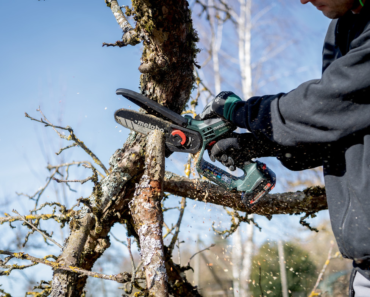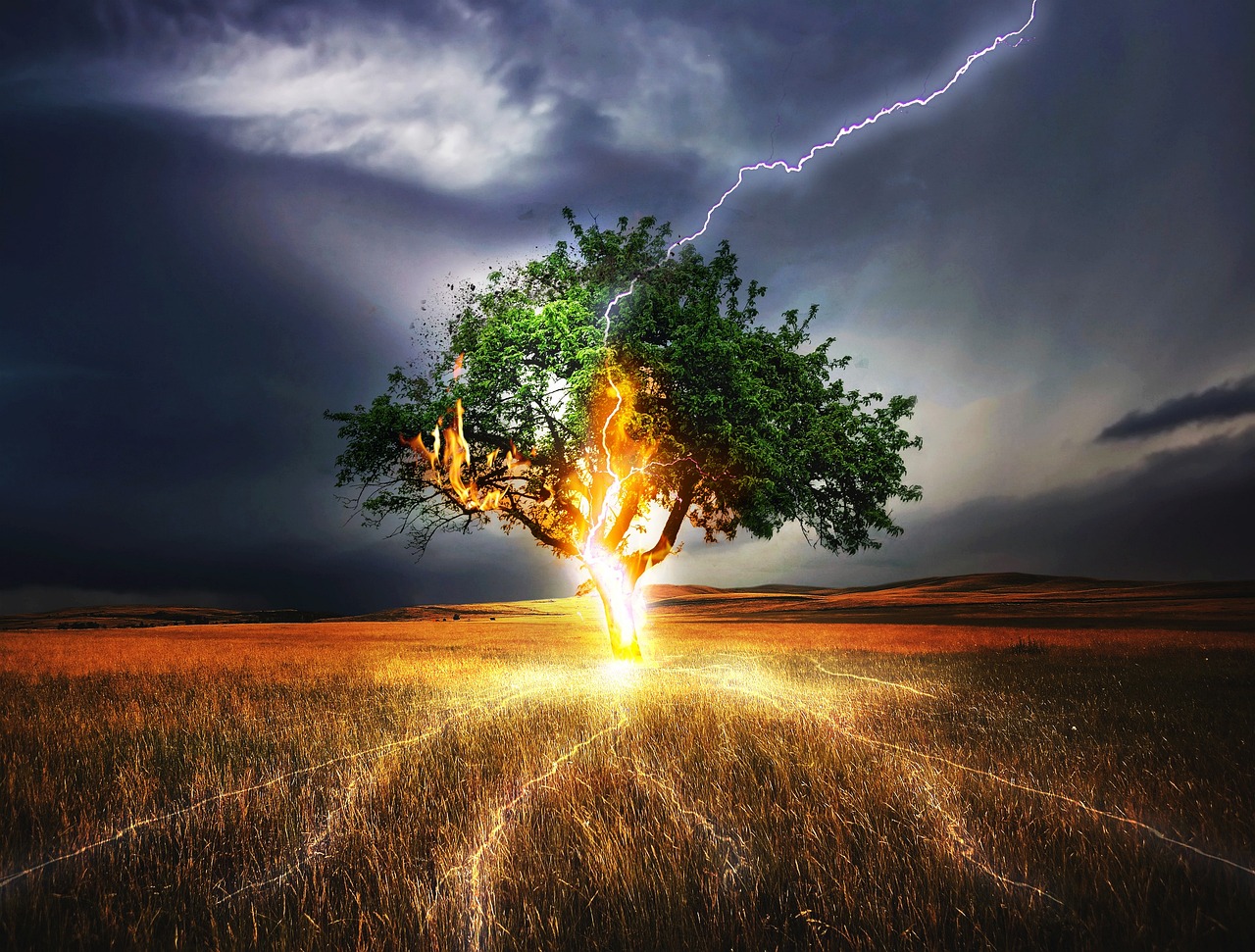Introduction
In the vast world of insects, there exists a creature that strikes fear into the hearts of many, an insect so notorious that its mere mention can send shivers down your spine. Meet the Tarantula Hawk, a large, colorful, and incredibly formidable wasp that has earned its reputation as one of the most feared insects on the planet. In this article, we will delve into the world of these enigmatic creatures, exploring their life cycle, behavior, and the reasons behind their terrifying reputation.
I. The Tarantula Hawk: A Formidable Predator
The Tarantula Hawk, scientific name Pepsis spp., belongs to the Pompilidae family of wasps. There are over 250 species of tarantula hawks, but the most infamous among them is the Pepsis grossa, which is native to the southwestern United States. These wasps are robust, with iridescent blue-black bodies and striking orange wings. While their appearance alone can be intimidating, it is their behavior and abilities that truly make them a force to be reckoned with in the insect world.
II. Life Cycle and Reproduction
The life cycle of the Tarantula Hawk is both fascinating and terrifying. Female tarantula hawks are equipped with powerful stingers that can deliver one of the most painful insect stings known to humans. However, their stingers are not primarily used for defense but rather for hunting and reproduction.
- Hunting Tarantulas: The Tarantula Hawk gets its name from its primary prey: tarantulas. These wasps are solitary hunters and specialize in capturing and paralyzing tarantulas, which can be several times their size. The process begins when a female tarantula hawk locates a burrow or nest of a tarantula. She then enters the burrow and confronts the tarantula, delivering a powerful sting that paralyzes the spider but keeps it alive.
- Egg Laying: Once the tarantula is paralyzed, the female wasp lays a single egg on the spider’s abdomen. The helpless tarantula remains alive but immobilized, serving as a fresh and living source of food for the developing wasp larva.
- Life Inside the Tarantula: The wasp larva hatches from the egg and begins feeding on the still-living tarantula. It carefully avoids vital organs to keep the spider alive as long as possible. As the larva grows, it devours the tarantula from the inside out.
- Pupa Stage: After the larva has consumed enough of the tarantula, it pupates inside the spider’s exoskeleton. The tarantula hawk larva undergoes metamorphosis, transforming into an adult wasp within the protection of the tarantula’s husk.
- Emergence: Once the transformation is complete, the adult tarantula hawk emerges from the dead tarantula’s exoskeleton and begins its life as a fearsome predator.
This gruesome and horrifying life cycle adds to the reputation of the Tarantula Hawk as a merciless killer in the insect world.
III. The Sting of the Tarantula Hawk
One of the most dreaded aspects of the Tarantula Hawk is its sting. It’s not just the fact that these wasps can deliver a painful sting, but rather the intensity of the pain that makes them infamous. In fact, the Schmidt Sting Pain Index, created by entomologist Justin Schmidt, ranks the Tarantula Hawk’s sting as the most painful of any insect, with Schmidt himself describing it as “blinding, fierce, and shockingly electric.”
The pain caused by a Tarantula Hawk sting has been compared to being struck by lightning or having a red-hot poker driven into your flesh. It is said to be so excruciating that it can incapacitate a person for several minutes. However, the good news is that Tarantula Hawks are not particularly aggressive toward humans and will only sting if provoked or threatened.
IV. Size and Strength
Aside from their painful sting, Tarantula Hawks are also formidable due to their size and strength. These wasps can grow to be quite large, with some species reaching up to 2 inches in length. Their robust bodies and powerful wings allow them to capture and transport their much larger prey, the tarantulas.
Their large size and impressive physical capabilities contribute to their terrifying reputation. They are not the sort of insect you want to encounter unexpectedly, especially if you have a fear of wasps or spiders.
V. The Role of Tarantula Hawks in Ecosystems
While Tarantula Hawks may seem like creatures of pure terror, they play a vital role in the ecosystems where they are found. As predators of tarantulas, they help control the population of these large spiders, which in turn can have cascading effects on the entire food web. By keeping tarantula numbers in check, they help maintain the balance of insect populations in their habitats.
Additionally, the Tarantula Hawk’s gruesome life cycle provides an interesting example of nature’s resourcefulness. By using paralyzed tarantulas as living incubators for their young, Tarantula Hawks ensure a fresh and abundant food source for their offspring.
VI. Interactions with Humans
While Tarantula Hawks are not typically aggressive towards humans, interactions can occur, especially when people accidentally step on them or come into close proximity to their nests. It’s important to exercise caution and avoid provoking these wasps, as their stings can be extremely painful.
In some cultures, Tarantula Hawks have inspired fear and respect, and stories and legends about them have persisted for generations. In Native American folklore, for example, these insects are often associated with bravery and strength due to their ability to subdue tarantulas.
VII. Conservation and Threats
Like many other insects, Tarantula Hawks face threats from habitat loss and environmental changes. Human activities, such as urbanization and agriculture, can impact the ecosystems where these wasps reside. Conservation efforts are necessary to protect these creatures and the valuable role they play in maintaining ecological balance.
VIII. Conclusion
In conclusion, the Tarantula Hawk is undeniably one of the most feared insects on the planet, thanks to its formidable appearance, painful sting, and gruesome life cycle. While their reputation as merciless killers is well-deserved, it’s important to recognize their ecological significance and the complex web of life that they are a part of.
As we navigate the world of insects, the Tarantula Hawk serves as a stark reminder that the natural world is filled with creatures both terrifying and fascinating. While their actions may be gruesome to some, they are a testament to the incredible diversity and adaptability of life on Earth. So, the next time you hear the buzz of a Tarantula Hawk in the wild, remember that it’s not just a symbol of fear, but a symbol of nature’s awe-inspiring complexity.




